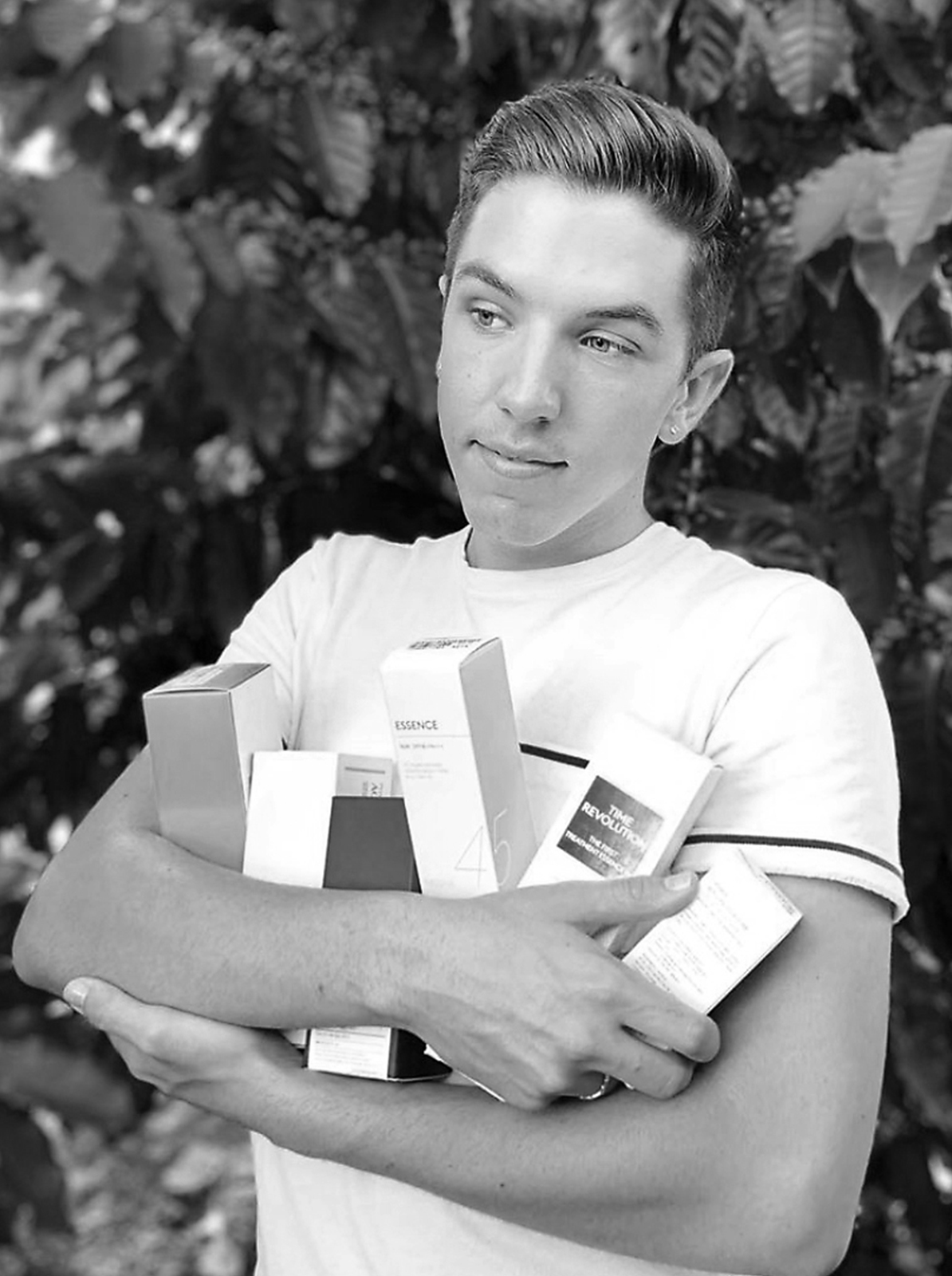
STELLA MCCARTNEY IS TEAM SHROOMS TOO
DENIZ AKKAYA
Stella McCartney continues to lead luxury brands in their sustainability efforts. Could the new technology used by the brand be the future of the industry?
Stella McCartney is the first luxury house in the world to launch garments created with Mylo™️ by Bolt Threads – a vegan, sustainable, animal-free leather alternative made from mycelium, the infinitely renewable underground root system of fungi. Combining deep science with high-fashion design, the two garments show the potential of this next-generation material and pave the way for future commercial offerings. In October 2020, Stella McCartney was announced as part of an exclusive consortium of brands working with Mylo™️, exploring its uses and providing critical feedback to the Bolt Threads team.
“I believe the Stella community should never have to compromise luxury desirability for sustainability, and Mylo™️ allows us to make that a reality. These rare, exclusive pieces embody our shared commitment with Bolt Threads to innovate a kinder fashion industry – one that sees the birth of beautiful, luxurious materials as opposed to the deaths of our fellow creatures and planet,” says Stella McCartney.


“Creating new, high-quality biomaterials is a major technological challenge and a massive opportunity for people and planet. I am incredibly grateful and humbled by Stella and her team for their long-term partnership and support in bringing Mylo™️ to the world. The material used in these two garments not only represents a huge step forward in both aesthetics and performance of biomaterials, but also marks the beginning of the rollout of product-ready Mylo™️. This is tangible progress toward large-scale production where Mylo™️ can make a significant positive impact on our planet,” says Dan Widmaier, CEO and founder of Bolt Threads.
The two Mylo™️ garments are entirely unique and cruelty-free, including a black bustier top and utilitarian trousers informed by Stella’s effortless sensuality and signature dichotomy of feminine and masculine attitudes. Both were handcrafted from panels of the mycelium-based material laid on recycled nylon scuba at the brand’s atelier in London, combining an avant-garde perspective with an athleticism aligned with both its Summer 2021 and Autumn 2021 collections. While neither of these pieces are for sale, Stella will integrate Mylo™️ into future seasonal offerings.


Inspired by its McCartney A to Z Manifesto and 20th anniversary in 2021, Stella McCartney is more committed than ever to bringing a conscience to the fashion industry – having never used leather, feathers, fur or skins since day one. Stella and Bolt Threads have been partners in sustainable innovation since 2017, and the luxury house has been part of the Mylo™️ journey since its inception. The first product ever created with Mylo™️ was a prototype of Stella’s iconic Falabella bag, which debuted as part of the V&A’s Fashioned from Nature exhibition in 2018.
Remarkably similar to animal leather yet designed to reduce environmental impacts, Mylo™️ is a soft, substantial material that is certified bio-based, meaning it is made predominantly from renewable ingredients found in nature today. Mycelium is regenerative and thrives abundantly in the wild feeding on natural resources. Scientists at Bolt Threads have learned how to reproduce what happens under the forest floor, where mycelium grows best, in a lab to create Mylo™️ with mulch, air and water – spawning an entirely new category of material science.
This state-of-the-art process is designed to have a minimal environmental impact and takes days, not years like raising cattle. It requires 17,000 litres of water to produce a kilogram of leather, with animal agriculture accounting for approximately 18% of global greenhouse gas emissions and driving the destruction of vital ecosystems; 70-80% of the Amazon’s deforested area is now used for cattle pastures. Mylo™️ is also not petroleum-based, unlike synthetic leathers, meaning more fossil fuels can be kept in the ground and less plastic is deposited into landfills and oceans.
![]()





